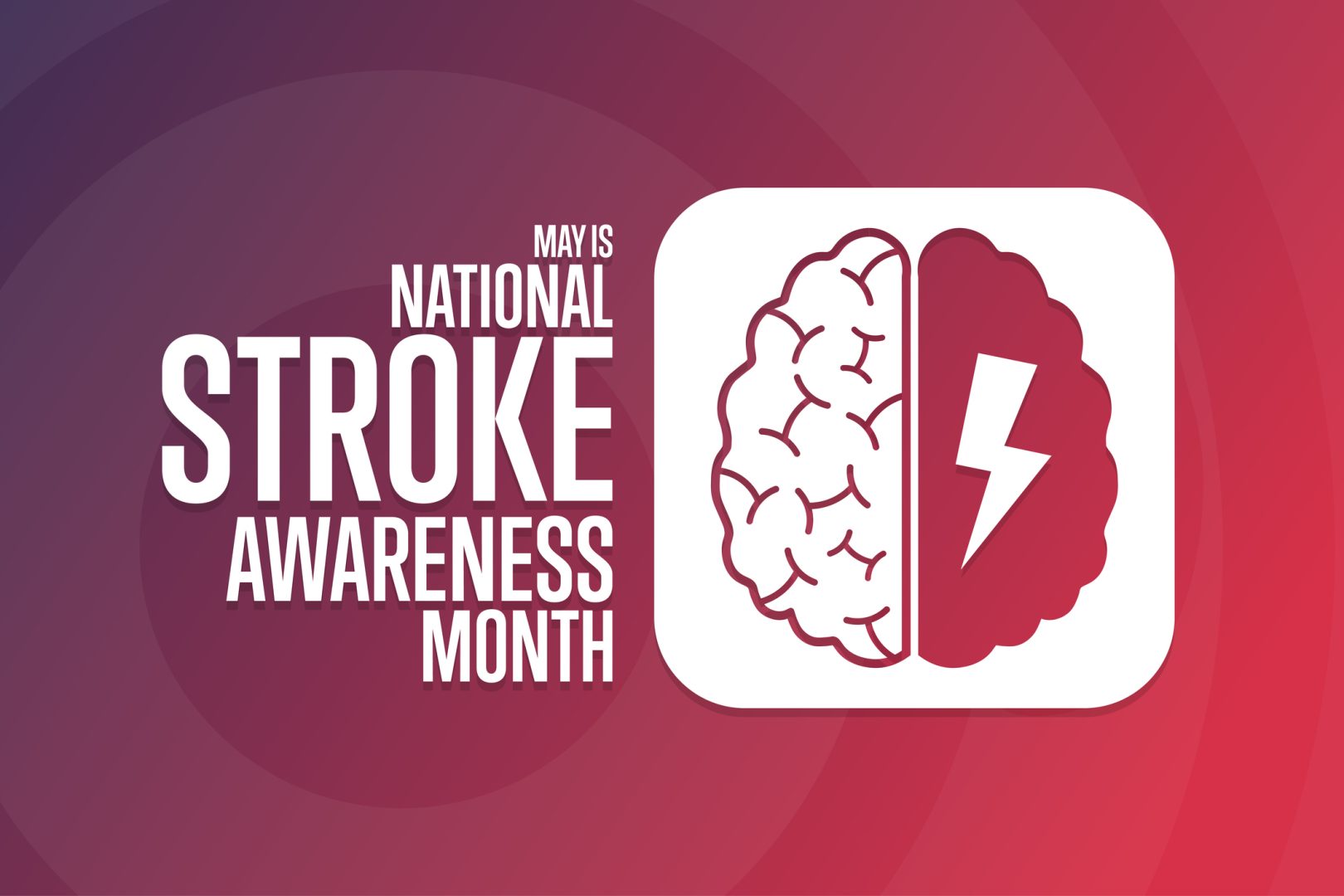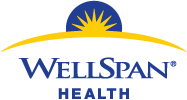Assessing your risk for stroke
By Dr. John Mingle, WellSpan Neurologist

Bulgnn / iStock
May is National Stroke Awareness Month. Holiday concept. Template for background, banner, card, poster with text inscription. Vector EPS10 illustration
If you know someone who has had a stroke, you may have heard them reference an age-old doctor adage that goes “time is brain”. Of course, in all treatments time can play a factor, but with stroke care, the speed of your treatment can be critical in addressing blood flow to your brain which maintains the life of those cells. 2 million brain cells may die each minute during a stroke. The faster your blocked artery can be opened, the greater your likelihood of a positive outcome.

Courtesy of WellSpan
By Dr. John Mingle, WellSpan Neurologist
Every year nearly 800,000 people in the United States have a stroke. It’s the fifth leading cause of death in our country. With May being National American Stroke Awareness Month, it’s an important reminder of the symptoms to look out for related to a stroke. We often use the acronym BE FAST:
B: sudden Balance issues and trouble walking
E: Eye (is vision impaired?)
F: Face drooping
A: Arm weakness
S: Speech difficulty
T: Time to call 911
Again we circle back to time. That is why having comprehensive and primary stroke centers certified by The Joint Commission or by DNV GL Healthcare in our region is so important. In fact, less than 3 percent of registered hospitals in the United States achieve the comprehensive designation. This means that stroke teams arrive at a patient’s bedside within 15 minutes of arrival at these hospitals and have access to advanced imaging systems and expert stroke physicians to allow a faster diagnosis of stroke and subsequent management.
The expert care during the stroke to remove the blockage is just one piece of the puzzle. Care that revolves around prevention of stroke, post-stroke secondary prevention care to avoid another blockage and follow-up care and rehabilitation post-stroke to recover are all aspects of stroke centers that patients often forget. Yes, we are on the cutting edge while in the operating room, but the before and after care should be considerations as well. Patients that experience a blockage and a stroke have a 23 percent higher risk of a second stroke sometime in their lives. A team of neurologists, neurosurgeons, advanced practice clinicians, nurses, therapists and other clinical staff provides state-of-the-art stroke care.
While not all strokes can be prevented, there are some ways to reduce your risk of experiencing a stroke. There are certain risk factors like smoking, high blood pressure, diabetes and lifestyle including lack of exercise that play a role. And yet, 80 percent of strokes are preventable by adopting a healthy lifestyle or by managing risk factors. Visit this website to take the test to assess your stroke risk. It makes just five minutes to complete. Five minutes that could help save your life. Believe me, we know a little something about time.



